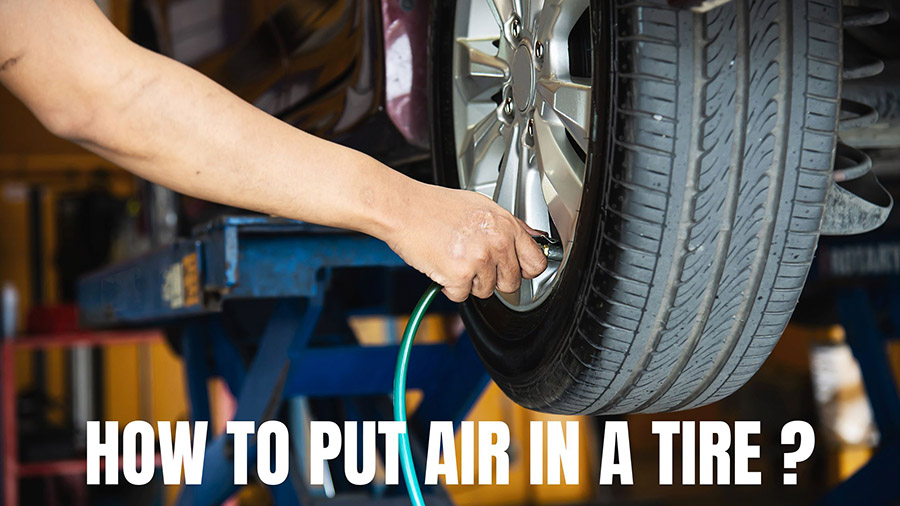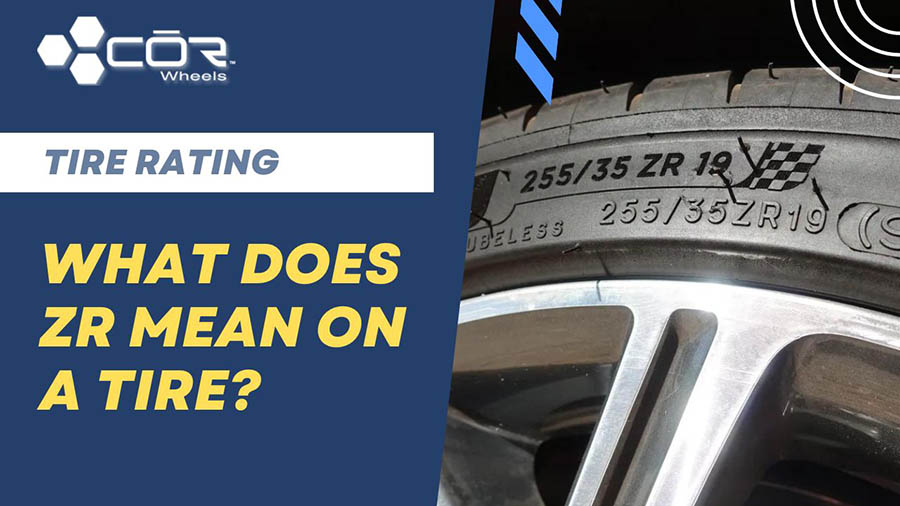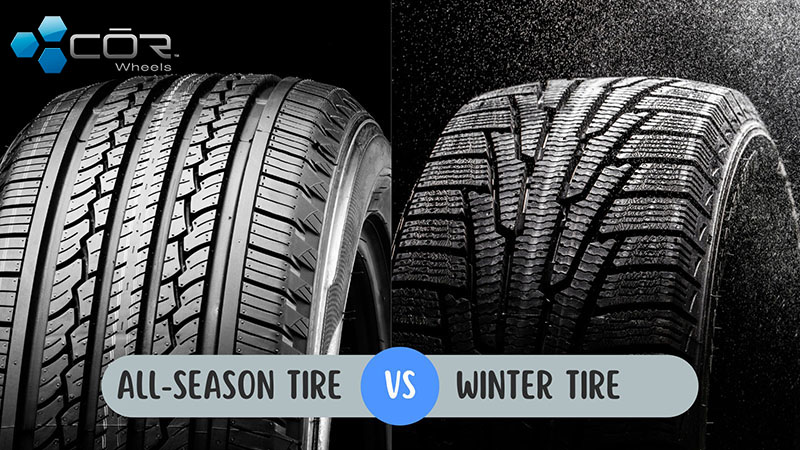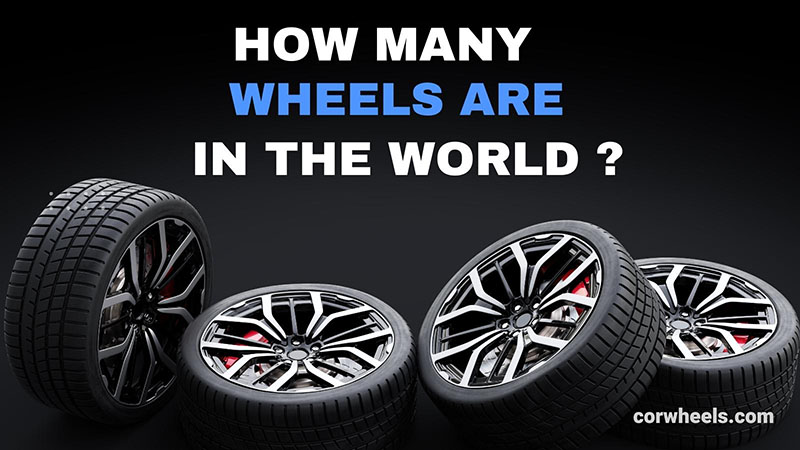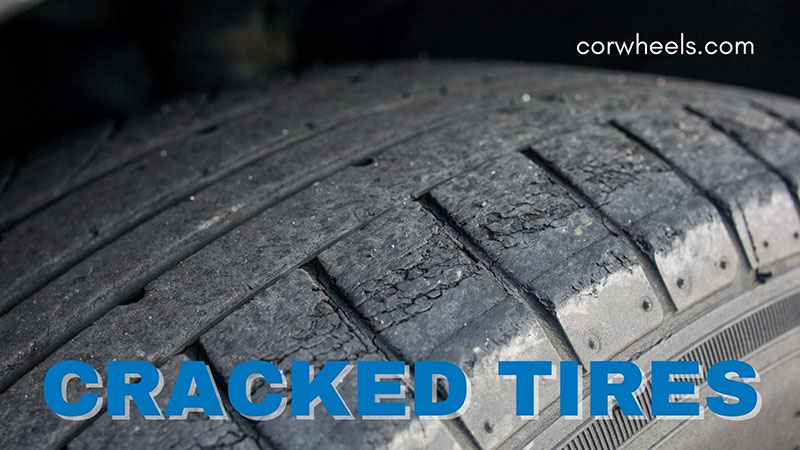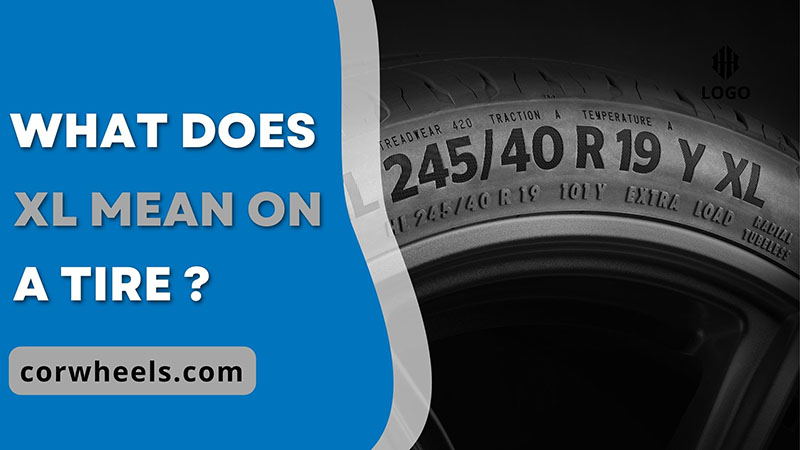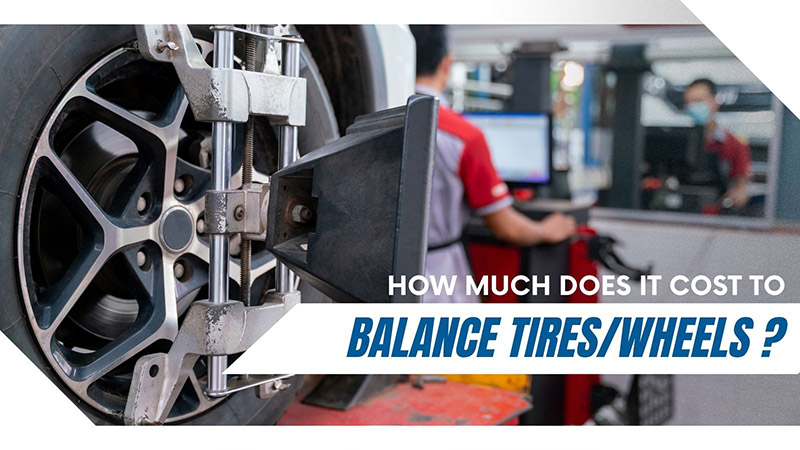Though air pumping could be easily done at repair shops, most people choose to learn how to do it on their own to save costs.
And they have a reason to do so: the task is fairly straightforward, only requiring basic tools like gauges or bike pumps. Even those who have never done it before could navigate smoothly with our detailed guidelines!
That’s right; this article will reveal all there is to know about how to put air in your tires.
In this article:
How to Fill Your Tires With Air?
Hook the pumps to the underinflated tires and start pumping; do not forget to check the gauge’s readings after every few minutes. Press the stem’s center pin to release air if you realize you have pumped more air than intended.
A. Prepare To Pump
Step one. Remove the caps of your valve stems
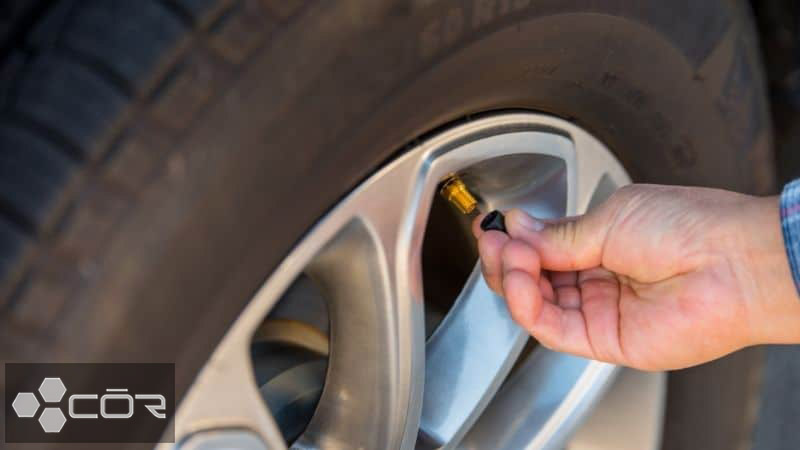
Of course, you will have to screw them back later, so remember to set these caps somewhere easily accessible or store them inside your shirt pockets.
Another great way to ensure they do not get lost is to only remove the valve caps when you are one second away from pumping that tire. That means the valve stem cap will spend 99% of its time in its original position, saving you from the trouble of remembering its whereabouts.
Step two. Find air pumps
Automatic air compressors are fast but super expensive. Manual pumps (floor pumps, bicycle pumps, etc.) are cheaper – but labor-intensive and quite time-consuming.
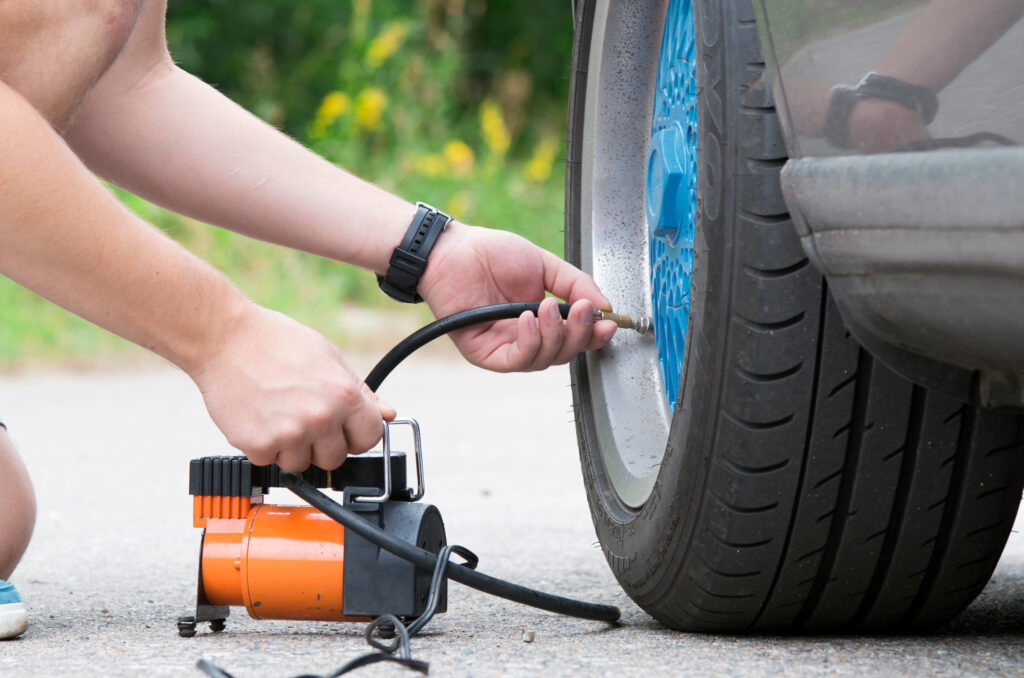
Both have pros and cons, so it is up to your preferences. You can either buy them yourselves (my recommendation is local auto parts stores, where both gauges and pumps are available and can be purchased in one go) or borrow one from a friend.
If you can, ask for another hand with the pumping – working with large car tires is not easy on your own!
Another option is using gas station air pumps, usually installed on the outskirt of the parking lot. Have the employee or other attendants help you if you cannot see it.
Pull your vehicle next to the station’s air dispenser, then locate its coin slot. Most pump prices fluctuate from several cents to one dollar (every few minutes).
Fill the fuel and check the tire pressure at the same time. Some gas stations allow you to pump your tires for free if you buy the gas; if needed, go inside to speak with the station’s representative and show your gas receipt.
Step three. Confirm the tires are still cold.
Cold tires mean you have driven below 3.2 km (2 miles) since the morning. If the mileage already exceeds 2 miles, brace yourself that any measurements or readings during the pumping will not be inaccurate.
B. Fill The Tires
Step one. Hook the pump
Stretch the hose to the tire that needs filling, then press the pump tip to the valve tip. Keep it there steadily and firmly, and pay close attention to the air rust as your pump fills air into the tire.
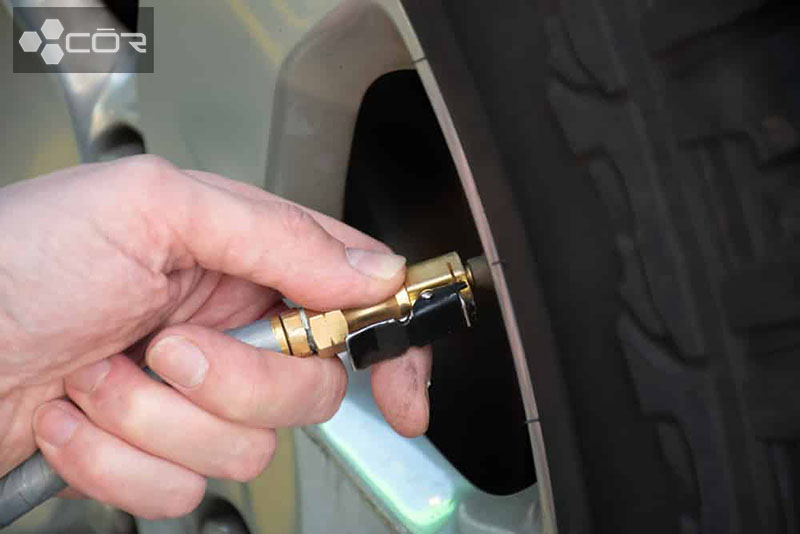
Any sound of wild spraying means the pump might not be steady; tighten your hold on it and make the hose stay flush against your valve.
Note: for those using gas station pumps, feed the coins into the machine first, then turn the pump on and follow our guidelines above.
Step two. Be patient
Tires with low pressure might take quite a long period (during which the pumping must go on continuously) to fill up the air. So do not rush it, and stay patient!
If you have already filled your car/bike tires properly during the last weeks and just topped them off, chances are the pumping process will only last 10 to 20 seconds. In that case, I strongly suggest using hand pumps to save costs; these modest top-offs do not really require expensive coin-operated pump machines.
Step three. Check and adjust the pressure while you are at it.
Pull away the hose whenever you feel like there has already been enough air, and check the pressure again with a tire pressure gauge. You should refer to the manual’s recommended pressure to make sure.
Are the readings still lower than required? Add some air. Likewise, release the air if you have higher PSI than necessary: use a tool or your fingernail to depress the stem’s center pin, and you will hear steady hissing sounds comparable to noises from a compressed air jet.
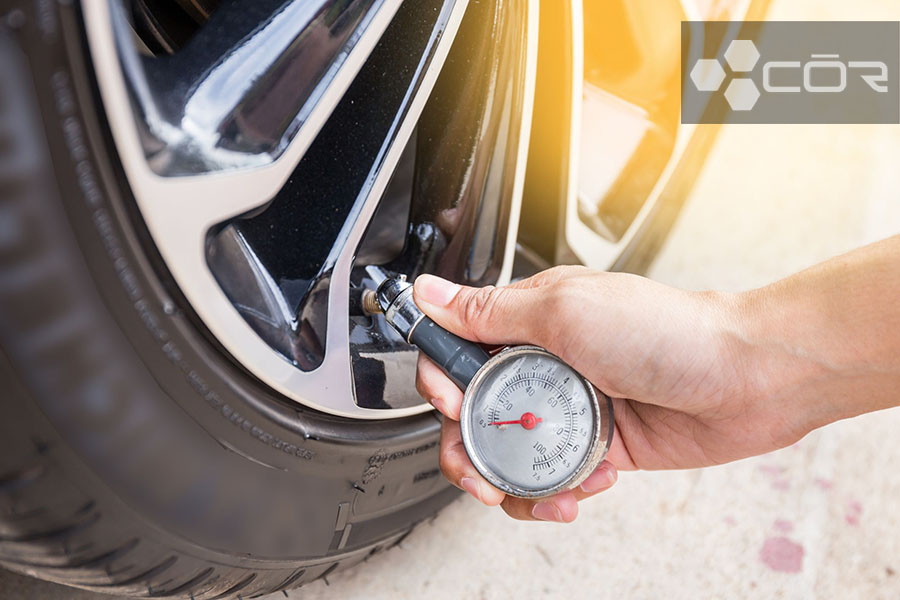
Do not release too much at once; remove the air slowly – in small portions – while constantly checking the gauge.
Even if there is only a 1 or 2 PSI difference between your current pressure and the manufacturer’s recommendation, do not underestimate them. After all, the tire loses 1% of the fuel and suffers 10% more tire wear for each 3 PSI lower than the brand’s guidelines!
Stop once you are satisfied with your pumping.
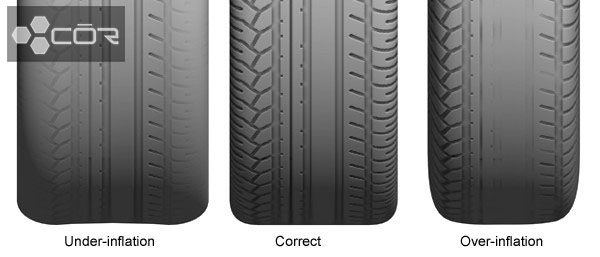
Step four. Return the caps of the valve stems.
When done with the pumping, return the caps to their rightful places. Sealing the tire valve is not compulsory – but highly recommended to reduce the chance of rapid air loss.
Stray objects, twigs, or even human fingers pressed on the valves might result in unwanted air release, after all!
Step five. Do the same for the remaining tires.
Repeat the steps above for the other tires.
If you use gas station pumps and their hoses cannot reach the rear tires, turn the vehicle around or move it closer. Also, do not forget that each pumping session at stations only lasts for a limited time; do it fast to avoid paying for another turn.
C. Extra Tips
- While at it, pay some attention to the spare tire, too. Pull it from the car’s trunk and perform the steps above.
- Nitrogen has been a favored option compared to regular air recently, as it has larger molecules (and hence, cannot easily escape the tire liners) and better stability. However, nitrogen is not cheap and must be purged when you add regular air to the tires later, so consider your options.
How Much Air To Put in Tire?
A tire pressure should be about 32 to 35 PSI when it completely cools down (to the ambient temp). But the precise number varies depending on the car type, car weight, and tire size, so you should check the manual to confirm the issue.
To know how much air to pump, one must know how much PSI the tires currently have – or, at the very least, whether they are underinflated or overinflated.
The section below reveals some straightforward, easy-to-apply tips to verify the tire’s air pressure:
A. Check The Pressure With A Gauge
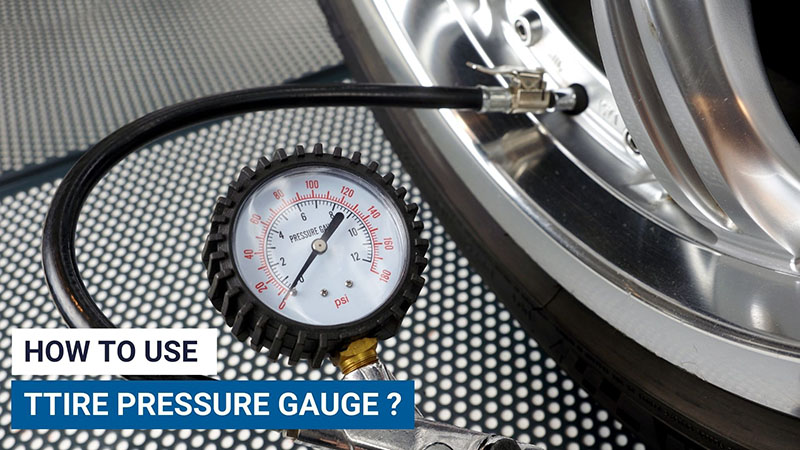
Step one. Purchase a gauge
You don’t have to worry about not being able to find one. Almost every major auto parts store (Canadian Tire, O’Reilly, Kragen, Checker, AutoZone, or NAPA) sells tire gauges at an affordable price of 5$ to 30$.
Some models have digital screens, air-releasing buttons, and even voice announcements. But basically, tire gauges can be divided into two types:
- Pencil type: Metallic, slender, and long like a pencil, it arrives with graduated sliding extensions forced out under air pressure while staying connected to tire stems.
- Dial type: Similar fitting, but with needles and graduated gauges.
Try out models of both types to see which you feel is the most convenient.
Step two. Use the gauge to check proper tire pressure.
Locate the metal/rubber valve stems along the wheel’s inside rims; unscrew them to expose the valves and press your gauge’s open end onto it.
Hold the gauge firmly and wait for it to calculate the air force and pressure. After a few seconds, pull the gauge off to read the results on its side screen.
B. Check The Pressure Without A Gauge
These gauge-less methods obviously cannot deliver an exact tire PSI number for you – but at least they can still give you an overview of the tire performance.
1. Touching The Tires
Sometimes, even a slight touch of the fingers can give you the information you are looking for; imagine it is similar to checking products and food at grocery stores.
Press your thumb on the surface of the tire. Tires with ideal pressure will slightly dip but spring back just as fast. Meanwhile, tires with insufficient give (indicating overinflation) or excessive give (a signal of underinflated tires) mean trouble.
2. Adding Some Weight On The Wheels
Another nice and easy tip is to put some weight from the car’s inside and on the wheel’s top. Correctly inflated tires can still handle it for quite some time before eventually deforming.
Meanwhile, under-inflated ones suffer from huge deformation right in the beginning – even before you add extra weight onto them.
3. Marking Trails
To carry out this method, prepare paint, ink, or anything that can make road marks.
Find an even, flat surface to make small marks on the tires. Once done, drive for about a few hundred meters and inspect all the marks printed on the road behind you.
Small marks indicate properly-inflated tires, whereas excessive paint/ink smear (due to the tire spreads not having proper tire air pressure) indicate underinflation issues.
4. Checking Them With Your Own Eyes
If you have no available tools or instruments for the method above, use your eyes instead.
Park the car/bike somewhere flat, then inspect the tires. Huge bulges (beyond 10 millimeters) on the tire sides mean they are underinflated.
What If The Tires Do Not Take Air?
The tires refusing to receive air may bolt down to at least one of these five reasons: puncture, broken valve stems, damaged rims, bad tire inflators, or overinflation.
- Punctures: This should be obvious. With serious holes in the tire’s sidewalls, how can air pressure NOT escape?
- Broken valve stems: As you can guess from the pumping instruction above, tires receive air via the valve stems hooked onto the pump. When the stems themselves break down, the air cannot enter.
- Overinflation: The tires have been overinflated to the point that it has no room for any addition. Release some air from the tires and try pumping again.
- Damaged Rim: The rims (especially the outer edges) act like a tire seal to store compressed air. You don’t need to be a genius to imagine what would happen if they were damaged.
Why Does The Tire Keep Losing Air, But There Is No Leak?
Damaged/corroded wheels and bad valve stems are the most common reasons your tire keeps losing air. Heavy chemical exposure and fluctuating temperature fluctuations might also play a part, as ambient temps and tire pressure are tightly interconnected.
If none of that applies to your case, check out the wheels’ seals and see whether there are any nails or bead damage.
Is It Alright to Overinflate/Underinflate Tires?
Yes, but only if there is only a small gap (1 to 2 PSI) between your tire’s pressure and the vehicle manufacturer’s recommendations. And even that should be a last resort; to stay on the safer side, always stick to the manual’s exact PSI number.
Conclusion
Filling car tires with air should not challenge you; just remember to check the inflation pressure first to clarify how much to put in.
Over-inflating or under-inflating the tires for about 1 to 2 PSI lower/higher is acceptable, but it would be best if you did not turn that into a habit; otherwise, your car performance and fuel efficiency will be severely compromised in the long run.
You might also like:

